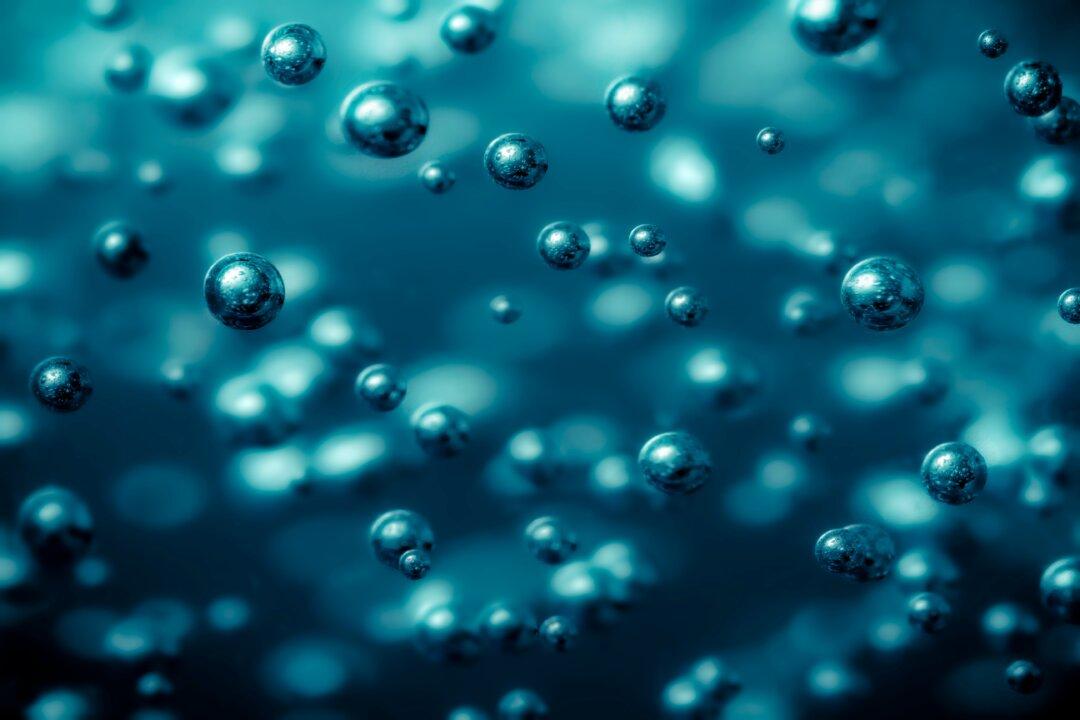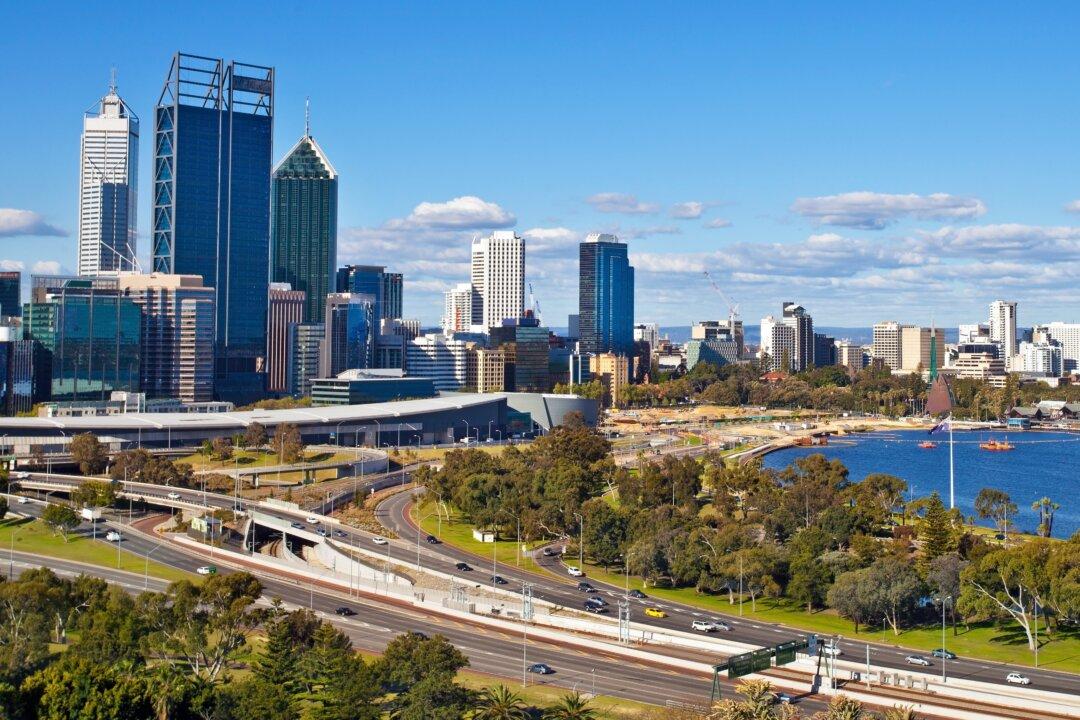Australian oil and gas giant Woodside has announced plans it may be making and shipping hydrogen to power Singaporean data centres and Japanese cities as the world transitions away from carbon dioxide-emitting energy.
Hydrogen transportation technology involves liquefying and, in effect, shrinking the gas by cooling it to below minus 253 degrees Celsius, which allows for the export of considerably larger quantities of the resource.





